Whether you are putting a roof on a new home or your current roofing needs a complete replacement, many materials are available to choose from, like zinc, aluminum, copper, or galvanized steel. Regardless of the style, metal roofs are an attractive option due to their longevity, minimal maintenance, and energy efficiency. If you need to learn more about roof painting and roof restoration, then this post will give you an overview of the benefits and risks of metal roofing, just in case you consider it for your house.
Advantages
Metal roofs offer many advantages like:
Longevity. Depending on the material, metal roofs can last 40-70 years, unlike asphalt roofing with an estimated life expectancy of roughly 12-20 years.
Durability. Some metal roofs can withstand wind gusts of about 140 mph, won’t corrode or crack, and may even be impact-resistant (depending on the metal you choose). Also, metal roofs do not require the regular and expensive maintenance that other roofing materials often require. However, they need to be inspected regularly to ensure that no additional repairs are needed.
Safety. Metal roofs can withstand sparks and ignition that could start flames and even a lightning strike.
Energy-efficient. Metal roofs reflect solar radiant heat, which can reduce cooling costs by 10-25%.
Eco friendly. Metal roofs have 25-95% recycled content and are also 100% recyclable at the end of their function as a roof. In contrast, most tile demolition waste ends up as construction-related waste – about 20 billion pounds per year.
Disadvantages
Despite many advantages, metal roofs also have potential drawbacks such as:
Affordability. Metal roofs can be expensive than other roofing materials. Although the life of a metal roof is significantly longer, investing in a metal roof only makes sense if you’re likely to be in your home long enough to enjoy the cost benefits.
Noisiness. Metal roofs can produce unnecessary sounds, especially during heavy rains and hailstorm. Adding more insulation during installation usually solves these issues, but increases the cost.
Expansion and contraction. Metal roofing materials that are installed as large panels tend to contract and expand. If not installed properly with fasteners that allow the metal to “breathe,” the panels may loosen.
Inconsistency in color matching. Years later, when a home repair or a renovation is needed, it can be challenging to find a specific match to the existing metal.
Performance. If water accumulates throughout the roof due to poor installation or repair, it can cause significant damage. Inferior metals will also be thinner and much less durable. Some metals rust easily than many others in certain climates or during hail storms or installation.…
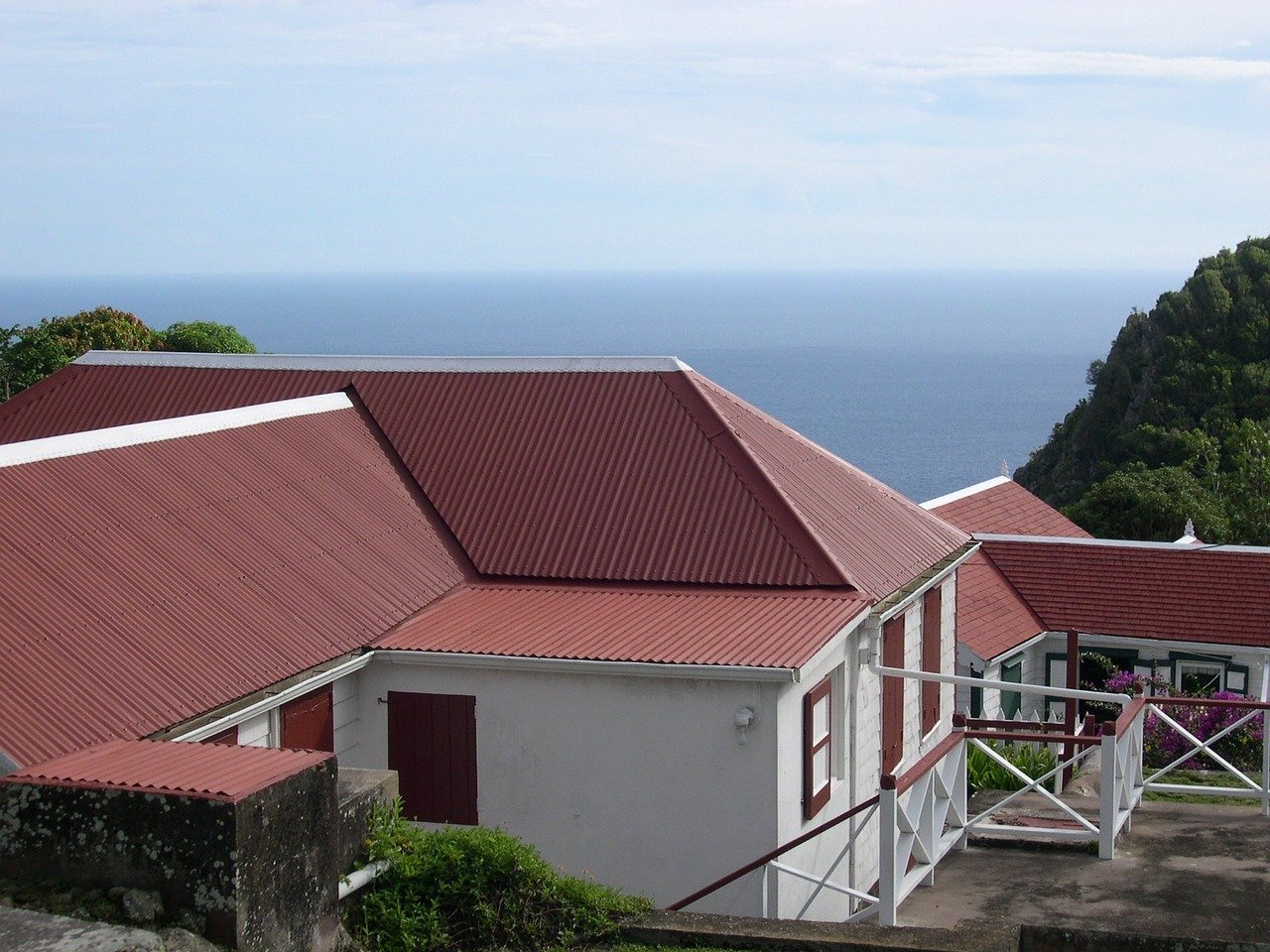

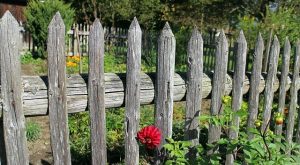 This can be an excellent use of chainsaws to make garden fences through trees. This nature-friendly option gives your garden a far superior rural look and protects your garden and lawn from various types of invaders. Because wood absorbs moisture, it can rot or overgrow. To avoid such problems, you should paint your fences with latex paints.
This can be an excellent use of chainsaws to make garden fences through trees. This nature-friendly option gives your garden a far superior rural look and protects your garden and lawn from various types of invaders. Because wood absorbs moisture, it can rot or overgrow. To avoid such problems, you should paint your fences with latex paints.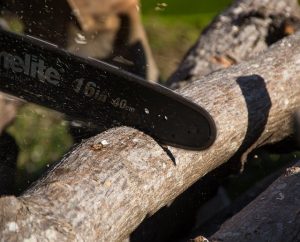 This is the apparent and practical reason why chainsaw is better around the house. If large trees surround your garden and prevent the morning sun from reaching your yard, now is the time to cut the branches. But you can still use these branches for various projects such as furniture, woodcarving, or even firewood. Therefore, a chainsaw is beneficial to help you reshape your home’s outdoors, including the garden.…
This is the apparent and practical reason why chainsaw is better around the house. If large trees surround your garden and prevent the morning sun from reaching your yard, now is the time to cut the branches. But you can still use these branches for various projects such as furniture, woodcarving, or even firewood. Therefore, a chainsaw is beneficial to help you reshape your home’s outdoors, including the garden.…
 Stone can be used for a variety of outdoor and indoor applications. Rock rods, columns, or panels have a different classic look that enhances the overall visual perception of their structure. However, modern architects and interior designers have experimented with several stone shapes that can be used indoors and outdoors. As a result, the material, which was famous for its durability, is now used for its design value. Throughout the country, you can see modern structures with striking designs that are both practical and elegant. Suppose you can maintain an office in an industrial building that boasts impressive architecture. In that case, you must be careful not to spoil the result by adding decorations inside that do not blend with today’s architecture.
Stone can be used for a variety of outdoor and indoor applications. Rock rods, columns, or panels have a different classic look that enhances the overall visual perception of their structure. However, modern architects and interior designers have experimented with several stone shapes that can be used indoors and outdoors. As a result, the material, which was famous for its durability, is now used for its design value. Throughout the country, you can see modern structures with striking designs that are both practical and elegant. Suppose you can maintain an office in an industrial building that boasts impressive architecture. In that case, you must be careful not to spoil the result by adding decorations inside that do not blend with today’s architecture. 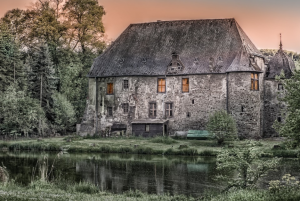 Stones are a long-lasting essence that can sustain their charm for decades. However, stone shows no apparent symptoms of aging. Its uneven surface does not easily trap dust or reveal the consequences of aging. You will also want an office, which will probably become a comfortable and fun place to find work. The functionality and comfort of the workplace should be among the most critical factors, along with the interior design and construction.
Stones are a long-lasting essence that can sustain their charm for decades. However, stone shows no apparent symptoms of aging. Its uneven surface does not easily trap dust or reveal the consequences of aging. You will also want an office, which will probably become a comfortable and fun place to find work. The functionality and comfort of the workplace should be among the most critical factors, along with the interior design and construction.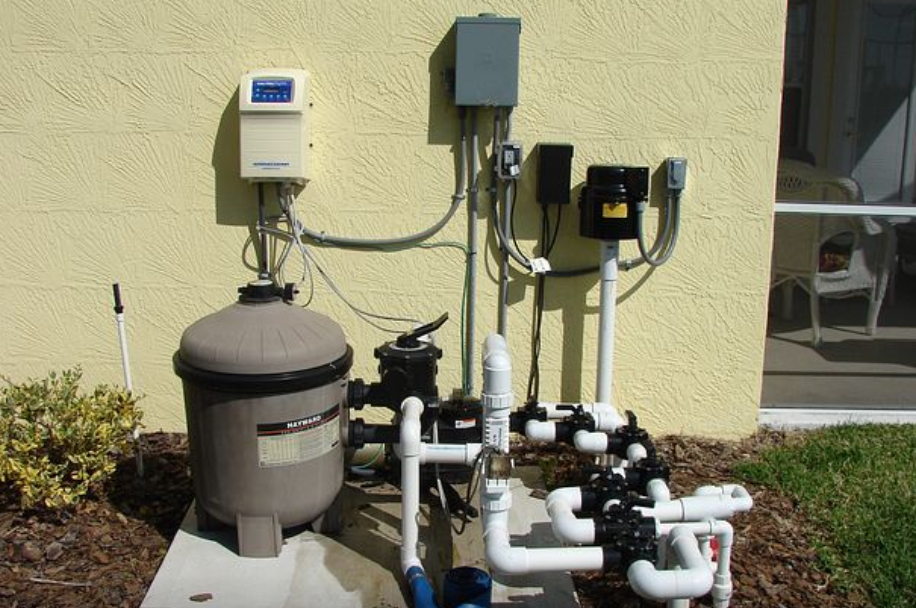

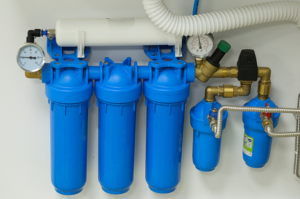
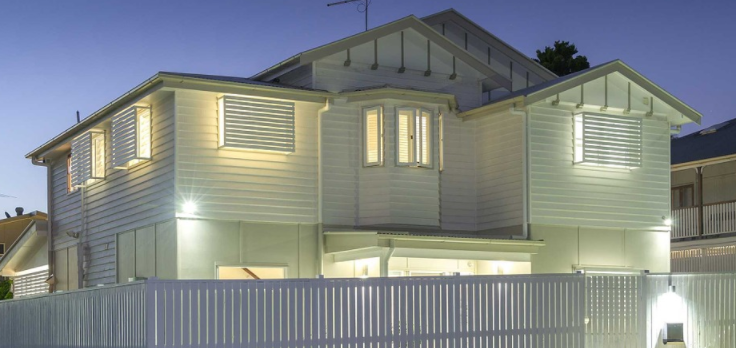
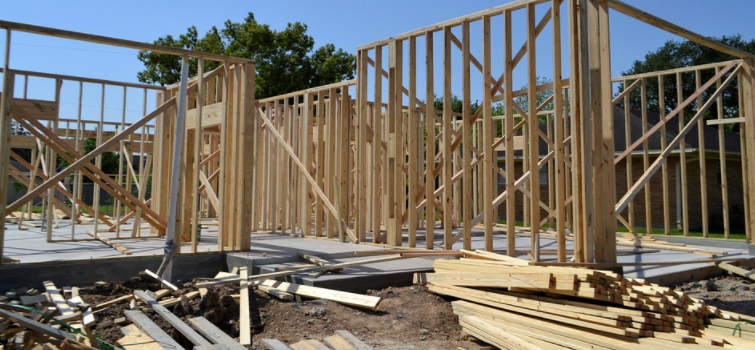

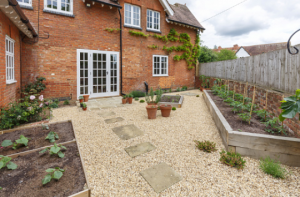 The traditional designs are perfect. If you prefer a modern look, you can create box borders around flowerbeds. It is then essential to consider incorporating some chairs into the layout using high walls to add flowerbeds. For the plants, you can choose edible plants, such as fruits and vegetables. A potted box effectively combines edible and ornamental plants.
The traditional designs are perfect. If you prefer a modern look, you can create box borders around flowerbeds. It is then essential to consider incorporating some chairs into the layout using high walls to add flowerbeds. For the plants, you can choose edible plants, such as fruits and vegetables. A potted box effectively combines edible and ornamental plants.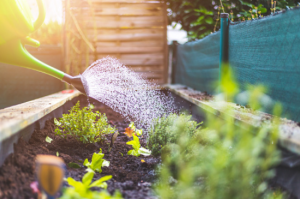

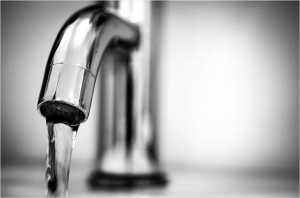 Deposits in bathtubs, showers, sinks, and taps caused by
Deposits in bathtubs, showers, sinks, and taps caused by 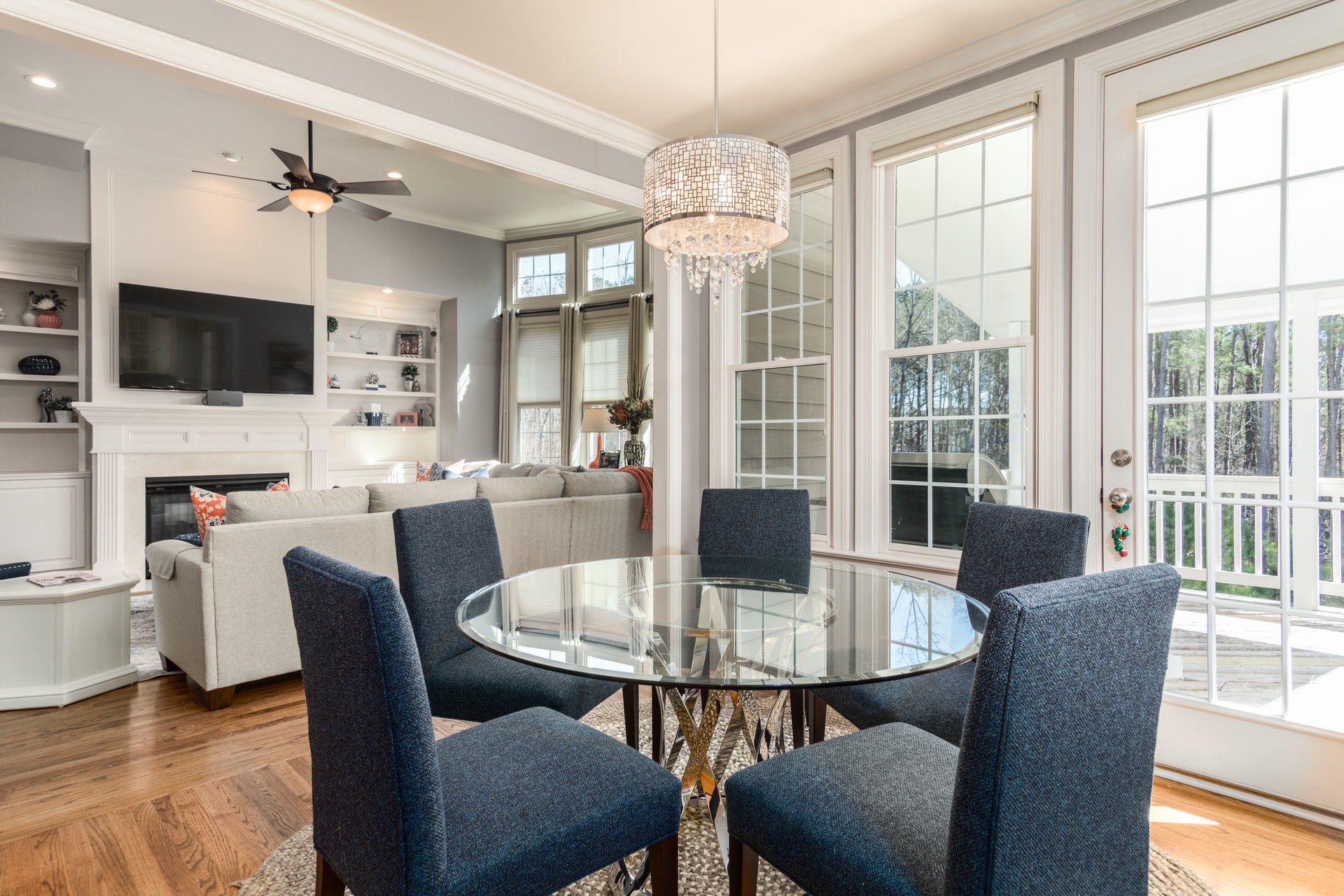
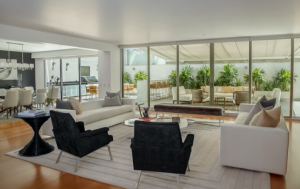
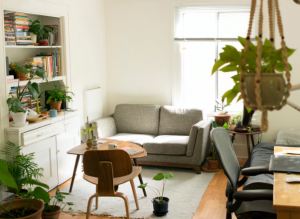 You can not discuss décor, which makes you feel great, without mentioning crops. Studies have revealed there are lots of advantages to decorating your house with plants. They could help purify the air inside, but they can also help you overeat and feel more concentrated. Furthermore, if you elect for vibrant blossoms, you also receive the additional advantage of introducing a pure pop of color to your house. Just remember that different colors have various consequences.
You can not discuss décor, which makes you feel great, without mentioning crops. Studies have revealed there are lots of advantages to decorating your house with plants. They could help purify the air inside, but they can also help you overeat and feel more concentrated. Furthermore, if you elect for vibrant blossoms, you also receive the additional advantage of introducing a pure pop of color to your house. Just remember that different colors have various consequences.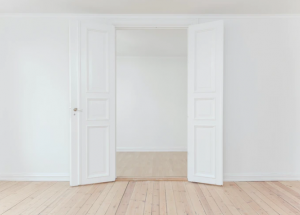 Although for many people, obtaining a well-organized and clutter-free house is the secret to feeling great, attempting to maintain everything in order continuously could stress you out. That is the reason you always need to have one corner or place where clutter is permitted. By way of instance, it is sometimes a little corner table on your hallway where it is possible to leave your keys, makeup, jewelry, and all the small things which you don’t wish to believe about in the present time. It can also be a place for all those things you do not need to neglect to carry with you after leaving home. In this manner, you’re going to be far more at peace since you will have this little portion of a coordinated mess, which will be practical rather than frustrating.…
Although for many people, obtaining a well-organized and clutter-free house is the secret to feeling great, attempting to maintain everything in order continuously could stress you out. That is the reason you always need to have one corner or place where clutter is permitted. By way of instance, it is sometimes a little corner table on your hallway where it is possible to leave your keys, makeup, jewelry, and all the small things which you don’t wish to believe about in the present time. It can also be a place for all those things you do not need to neglect to carry with you after leaving home. In this manner, you’re going to be far more at peace since you will have this little portion of a coordinated mess, which will be practical rather than frustrating.…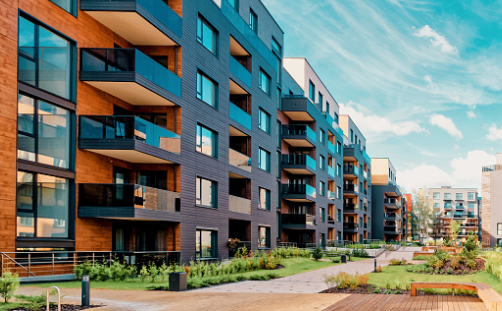
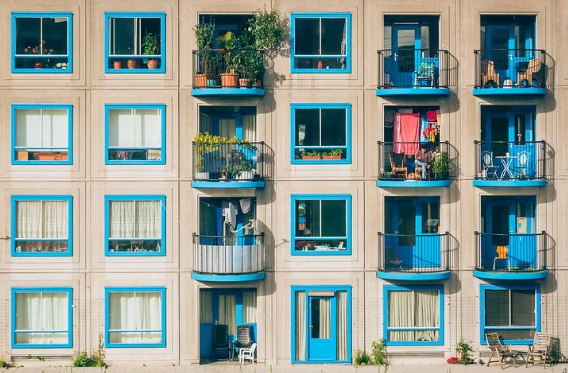
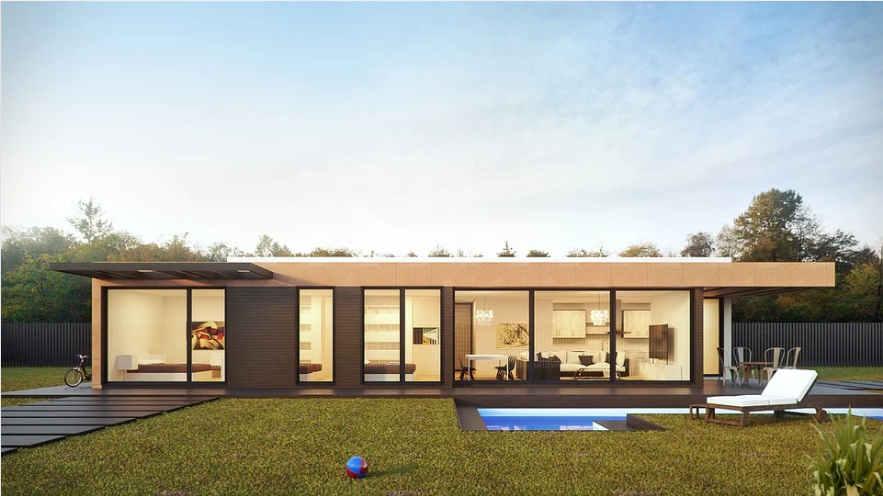
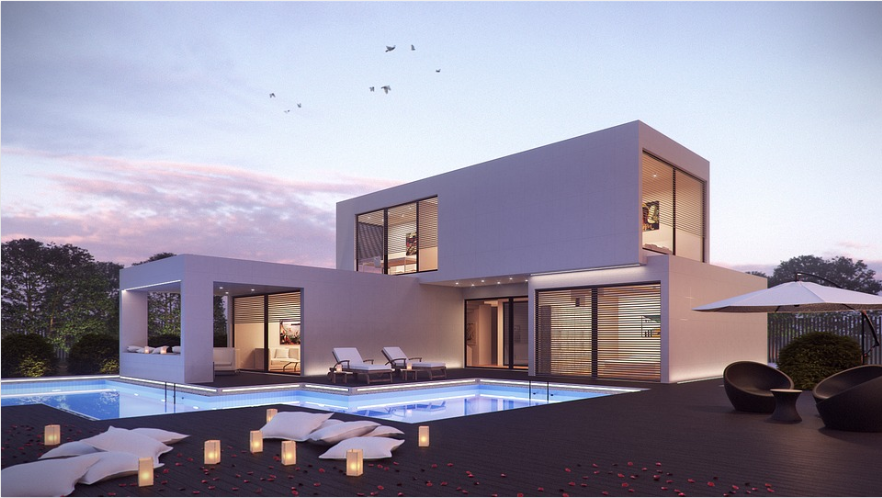
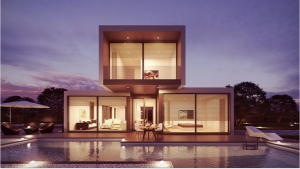 Quick construction is only one of the great advantages of prefabricated houses. Since the individual parts of a prefabricated home cannot be understood intuitively, they only have to be built to connect the house to the necessary services. Hence the title “modular.” The prefabricated house goes up much faster because it comes partially assembled.
Quick construction is only one of the great advantages of prefabricated houses. Since the individual parts of a prefabricated home cannot be understood intuitively, they only have to be built to connect the house to the necessary services. Hence the title “modular.” The prefabricated house goes up much faster because it comes partially assembled.
 A great starting point for your garden design ideas and projects should include the use of evergreens. Deciduous trees will certainly add bright colors to the landscape in spring and summer. Also, in early autumn, they will give your lawn incredible leaves. Then the leaves fall off when the tree hibernates in the winter months, making your tree appear dull and bare in bloom. The definition of defoliation, where the leaves fall or are defoliated in certain regions of life. They will be as beautiful and peaceful in the summer as they are in the summer. If you recognize some of the advantages they offer, you can enjoy them more. Some people think it would be absurd for a homeowner not to include them in their landscaping projects.
A great starting point for your garden design ideas and projects should include the use of evergreens. Deciduous trees will certainly add bright colors to the landscape in spring and summer. Also, in early autumn, they will give your lawn incredible leaves. Then the leaves fall off when the tree hibernates in the winter months, making your tree appear dull and bare in bloom. The definition of defoliation, where the leaves fall or are defoliated in certain regions of life. They will be as beautiful and peaceful in the summer as they are in the summer. If you recognize some of the advantages they offer, you can enjoy them more. Some people think it would be absurd for a homeowner not to include them in their landscaping projects.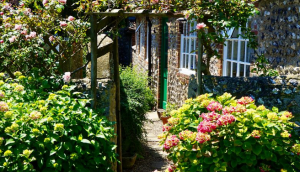 Other excellent tips of backyard gardening that you might consider are using hardscape design. Those who are not educated in this term simply means integrating non-living substances into your landscape. A great advantage of hard gardening is the simple fact that it is not dependent on weather conditions. Your landscape will be beautiful all year round.
Other excellent tips of backyard gardening that you might consider are using hardscape design. Those who are not educated in this term simply means integrating non-living substances into your landscape. A great advantage of hard gardening is the simple fact that it is not dependent on weather conditions. Your landscape will be beautiful all year round.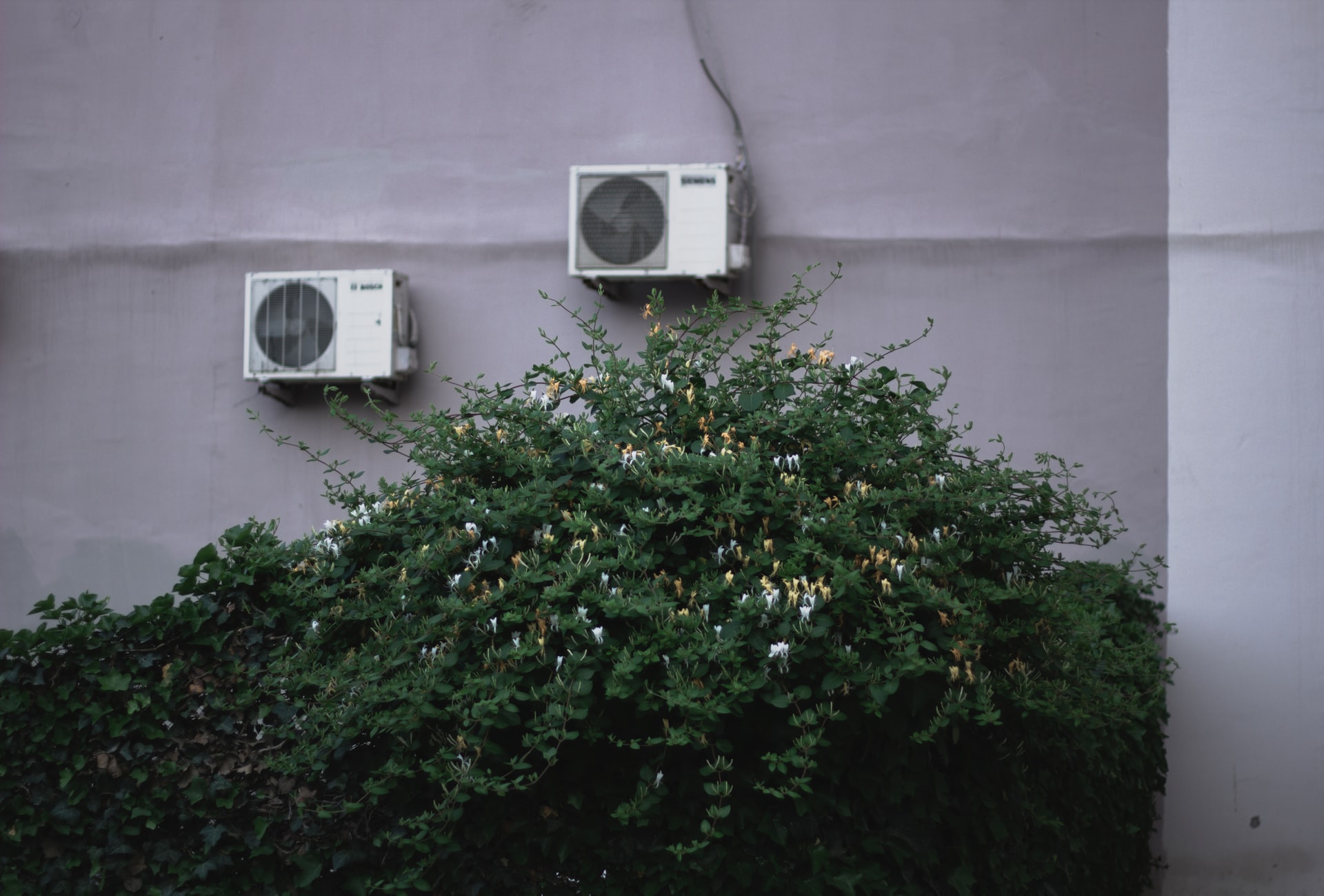
 If you have noticed one or more of the above warnings, you may wish to contact a commercial HVAC supplier. Finding an HVAC system is not easy because it requires experience and professionalism. You want to be educated about the structure of the system and how it works. An experienced contractor will clarify the problem and find the appropriate solution. A skilled industrial or commercial HVAC contractor will decide at least one of these problems and solve it appropriately.
If you have noticed one or more of the above warnings, you may wish to contact a commercial HVAC supplier. Finding an HVAC system is not easy because it requires experience and professionalism. You want to be educated about the structure of the system and how it works. An experienced contractor will clarify the problem and find the appropriate solution. A skilled industrial or commercial HVAC contractor will decide at least one of these problems and solve it appropriately. Today several organizations provide solutions for the installation and repair of HVAC systems. All of these provide customers with high-quality alternatives. Don’t rely on what a supplier promises you once you have decided on services. Reviews written by customers from different companies can be wonderful sources of information to help you choose the company you want to buy from. Customers who are satisfied with the services offered by a company write positive reviews about the company.
Today several organizations provide solutions for the installation and repair of HVAC systems. All of these provide customers with high-quality alternatives. Don’t rely on what a supplier promises you once you have decided on services. Reviews written by customers from different companies can be wonderful sources of information to help you choose the company you want to buy from. Customers who are satisfied with the services offered by a company write positive reviews about the company. Therefore, you should call the firm to find out more about their responses. Quantify the level of your professionalism with a cell phone call. Many companies with HVAC certification offer efficient, professional, and reliable solutions. If you take some time and do some research, you will find the best HVAC contractors to consider a permanent solution for your home’s air purifier.…
Therefore, you should call the firm to find out more about their responses. Quantify the level of your professionalism with a cell phone call. Many companies with HVAC certification offer efficient, professional, and reliable solutions. If you take some time and do some research, you will find the best HVAC contractors to consider a permanent solution for your home’s air purifier.…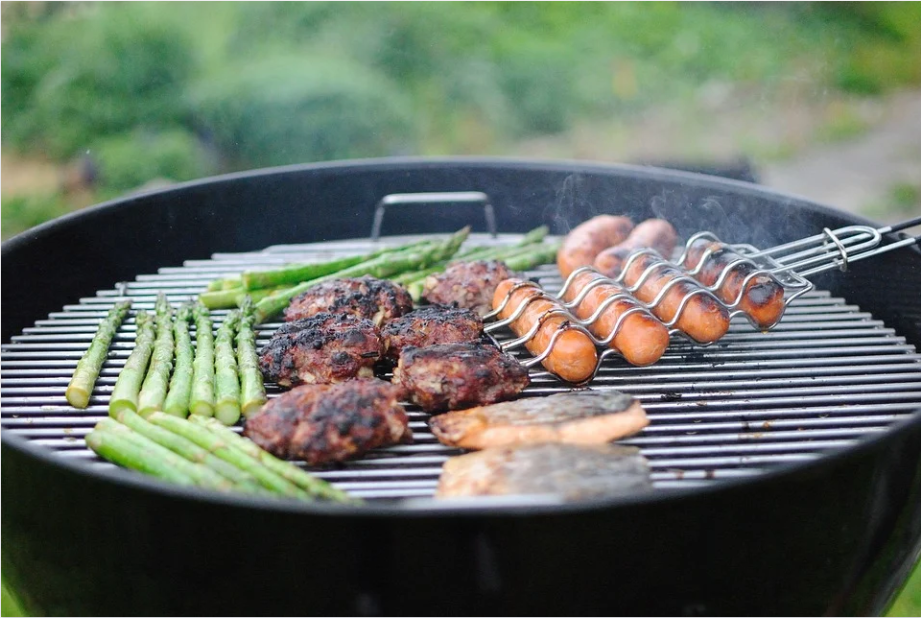
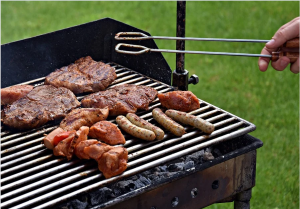
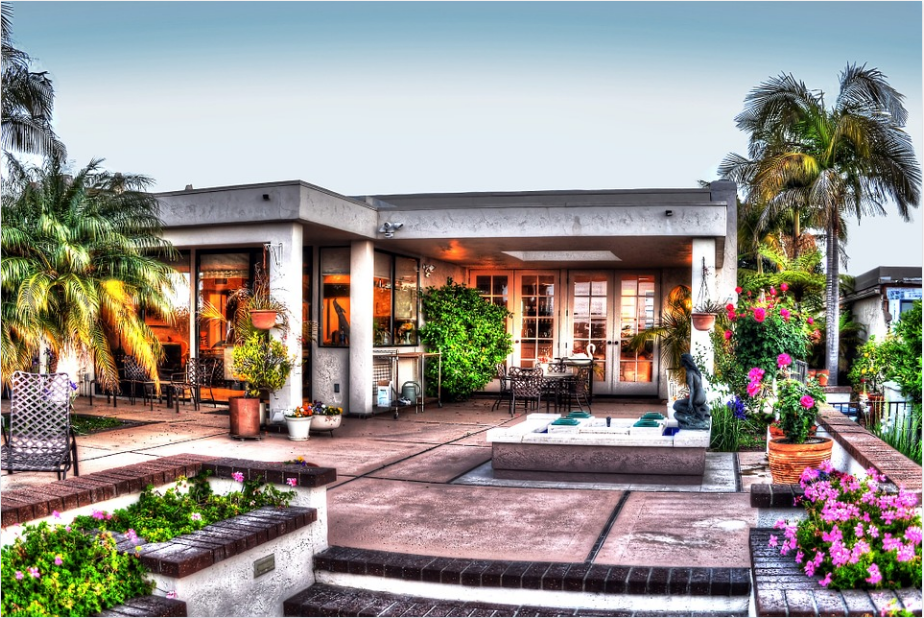
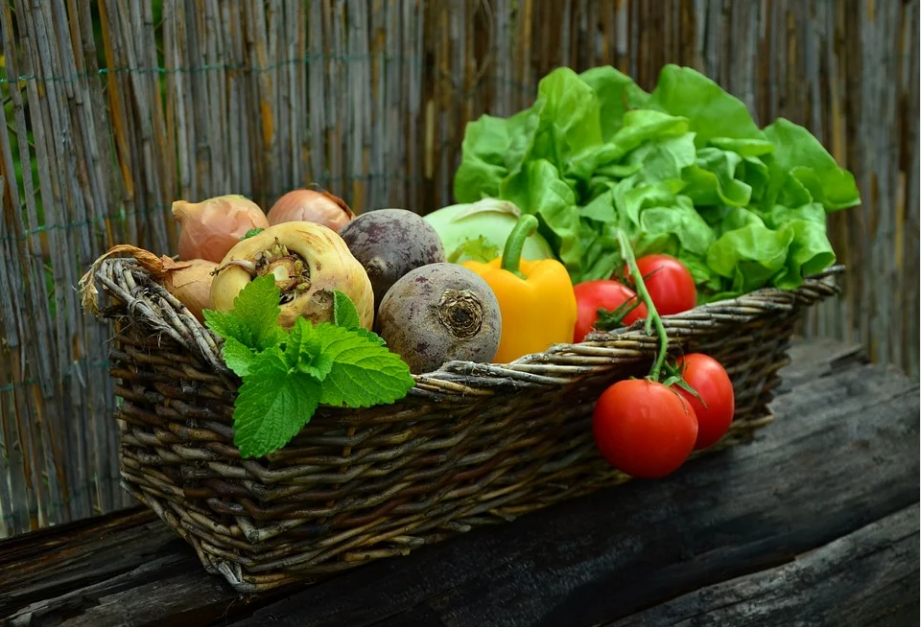
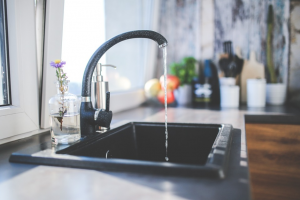 This won’t only make certain the process of remodeling is smooth; besides, it ensures you stay within budget. The trick to a remodeling job is following a design program. Follow along in case you’ve declared a budget bought furnishings and materials based on the plan. Avoid becoming distracted by shinier and newer kitchen furnishings and gadgets in addition to kitchen designs that appear to seem more exciting than the one that you planned.
This won’t only make certain the process of remodeling is smooth; besides, it ensures you stay within budget. The trick to a remodeling job is following a design program. Follow along in case you’ve declared a budget bought furnishings and materials based on the plan. Avoid becoming distracted by shinier and newer kitchen furnishings and gadgets in addition to kitchen designs that appear to seem more exciting than the one that you planned.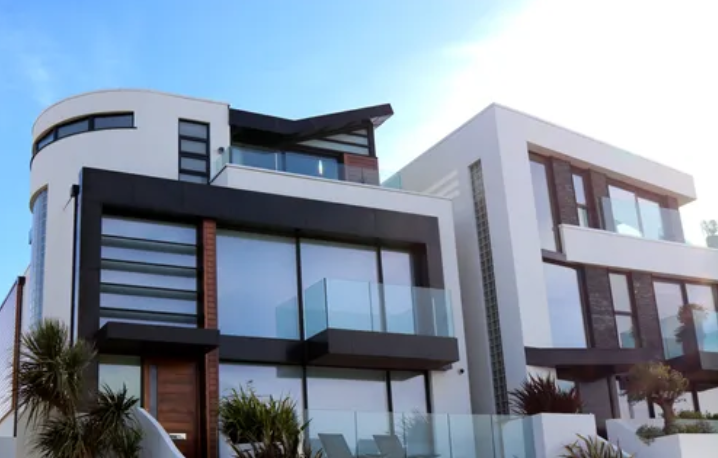
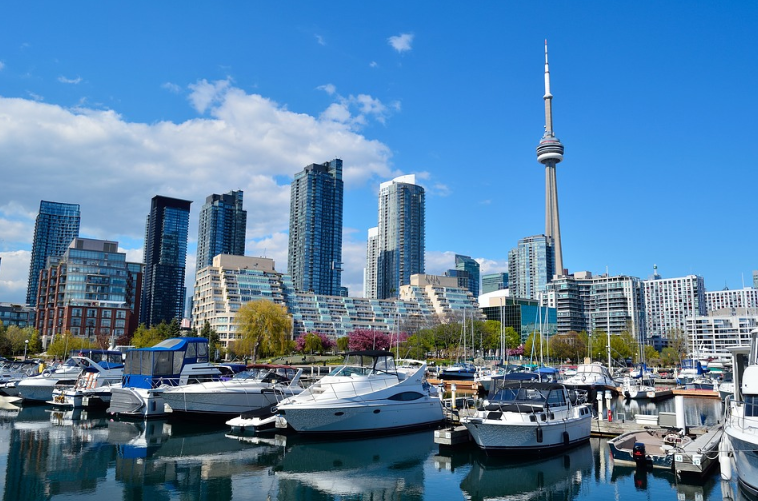
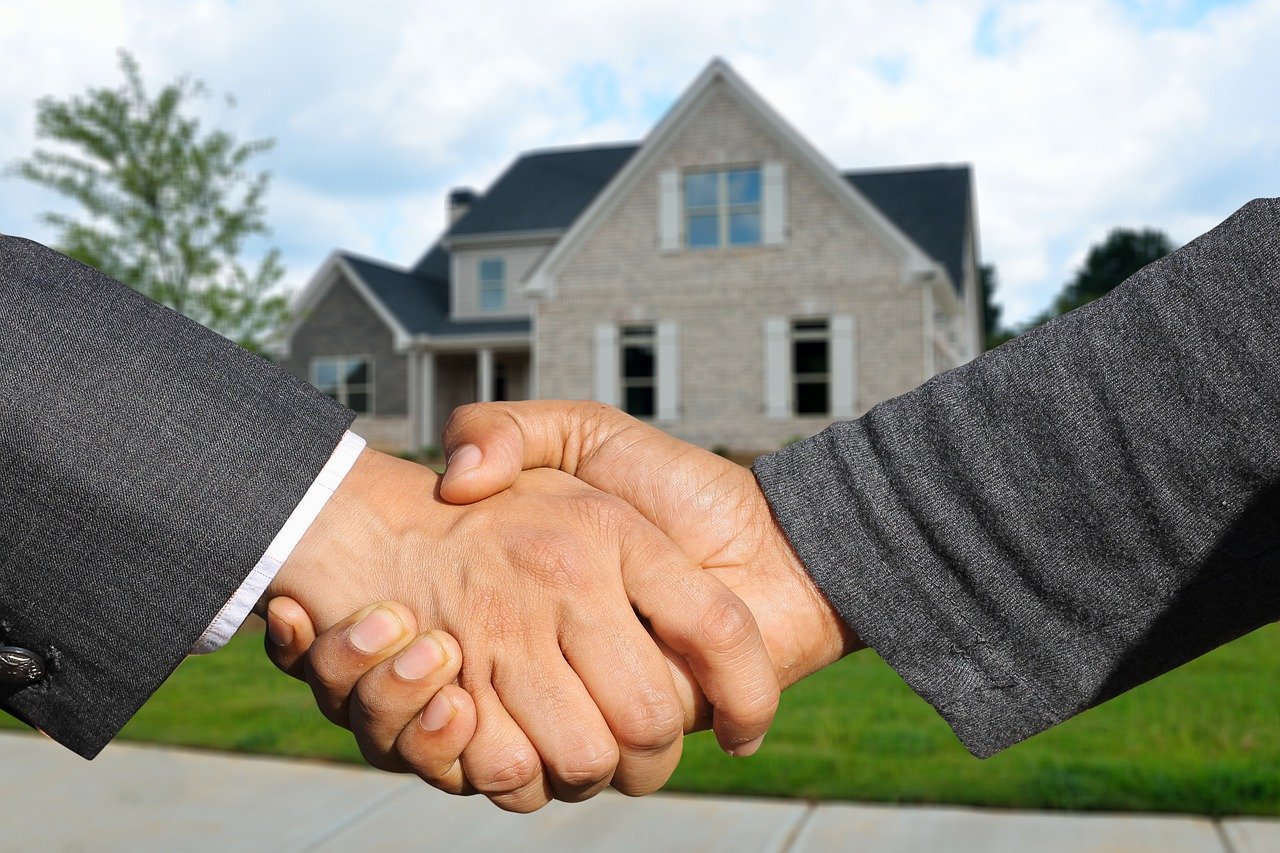

 Curb appeal is an integral factor concerning drawing on buyers. Also important is the exterior looks to a possible buyer of your residence. It has to look great in the exterior but also from the interior, to entice people interested in purchasing your house.
Curb appeal is an integral factor concerning drawing on buyers. Also important is the exterior looks to a possible buyer of your residence. It has to look great in the exterior but also from the interior, to entice people interested in purchasing your house.
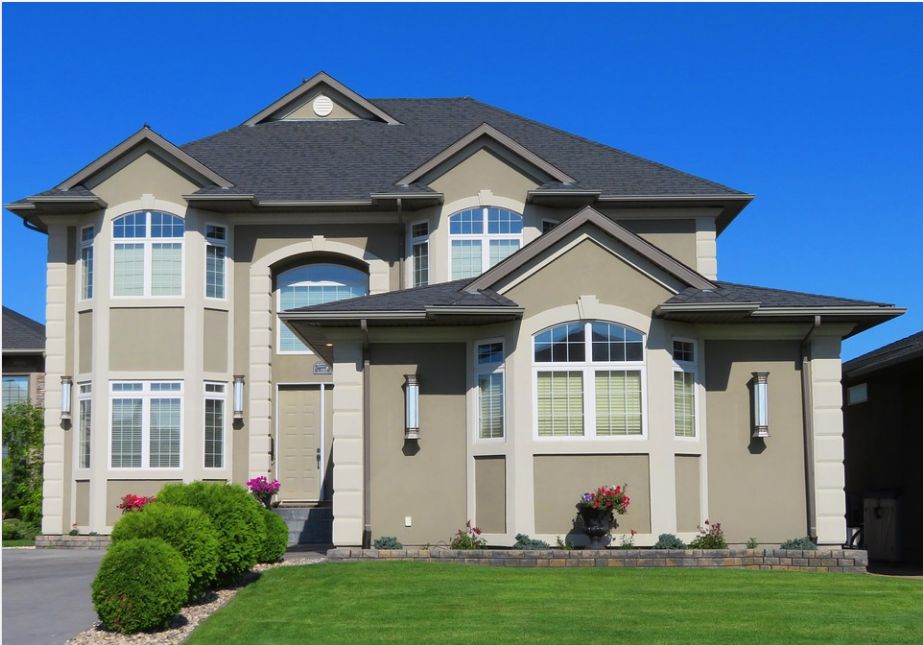
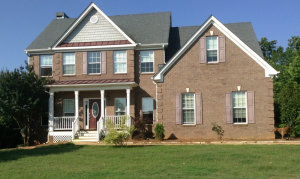 Advertising your house on multiple social media platforms such as Facebook and Twitter helps you to access many potential clients. Also, digital marketing is a cheap way to advertising your house.
Advertising your house on multiple social media platforms such as Facebook and Twitter helps you to access many potential clients. Also, digital marketing is a cheap way to advertising your house.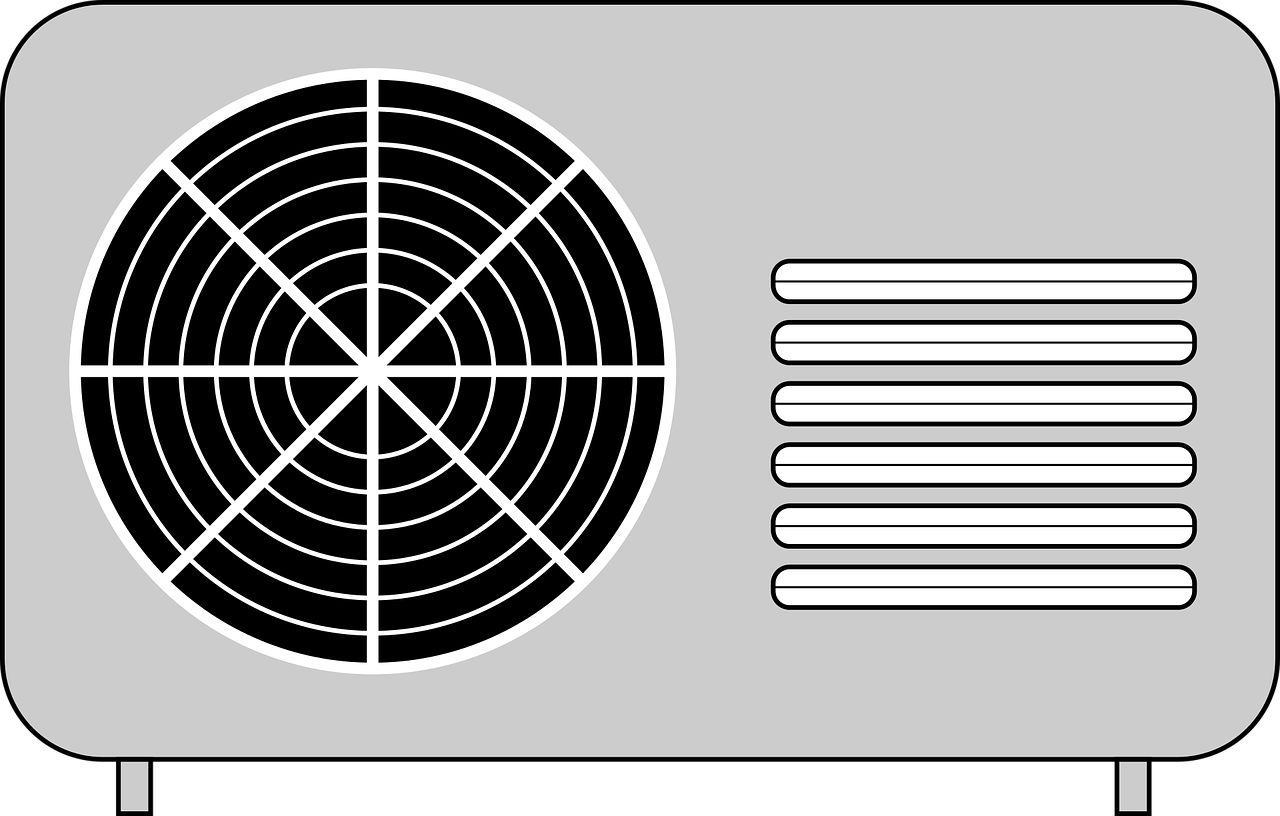

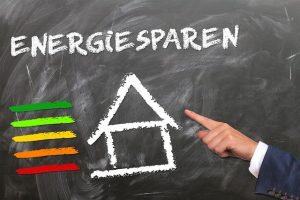 Experts can adjust the units for your home or workplace if you are upgrading an obsolete or non-functioning HVAC system. To have the ability to lower prices, you need to choose the equipment. Searching for information about HVAC companies and services has many advantages. You can determine which energy-efficient and energy-saving equipment these professionals have trained to assess your home or building requirements.
Experts can adjust the units for your home or workplace if you are upgrading an obsolete or non-functioning HVAC system. To have the ability to lower prices, you need to choose the equipment. Searching for information about HVAC companies and services has many advantages. You can determine which energy-efficient and energy-saving equipment these professionals have trained to assess your home or building requirements.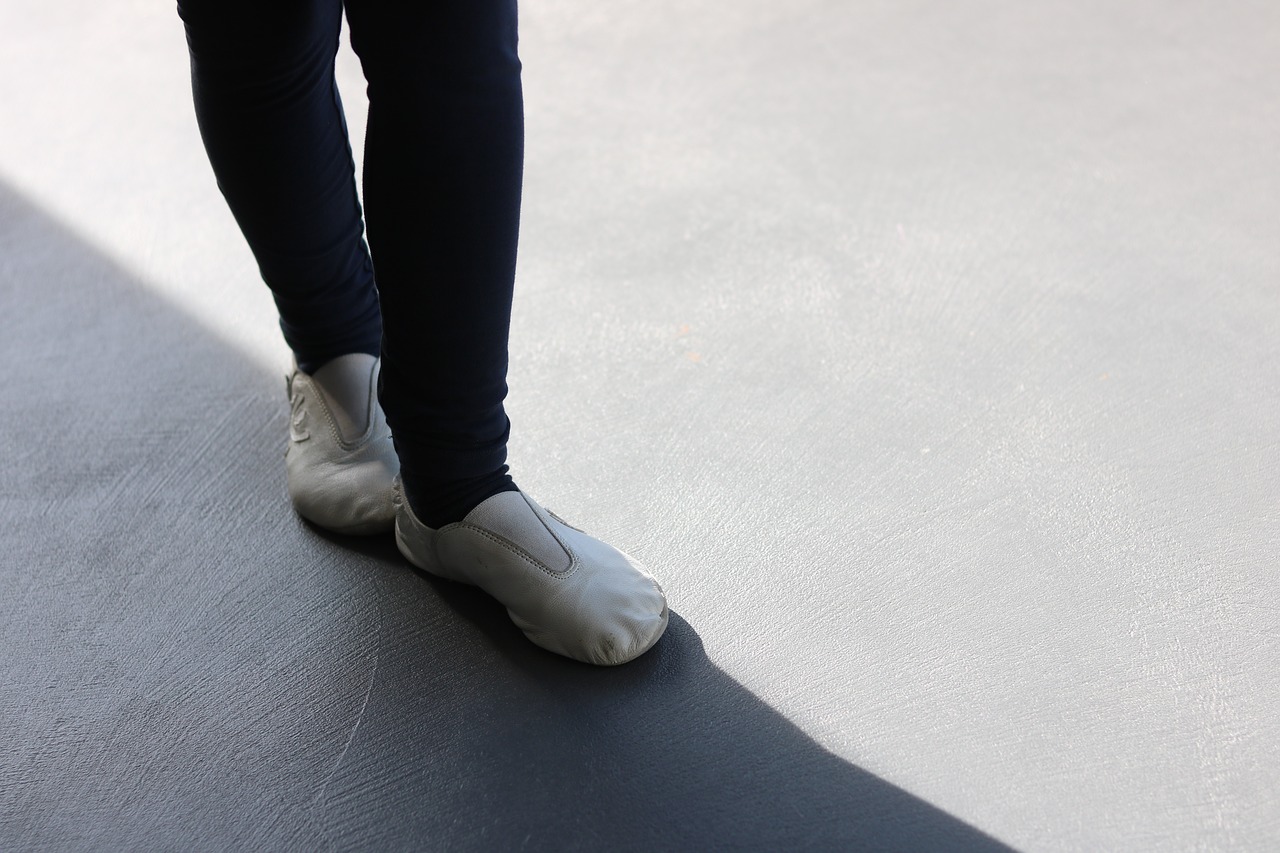
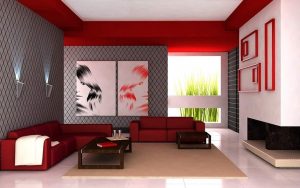
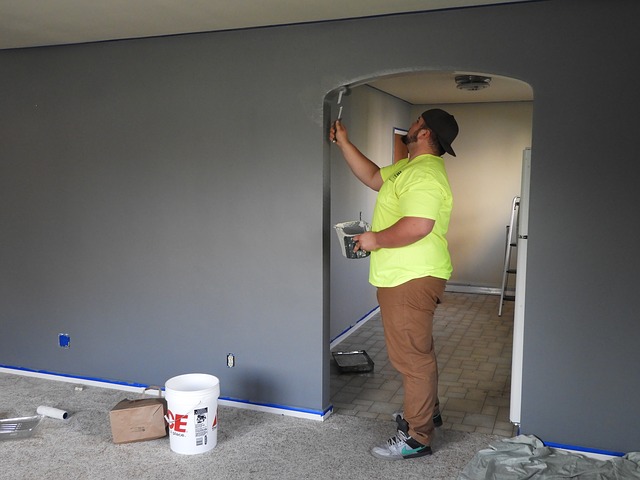
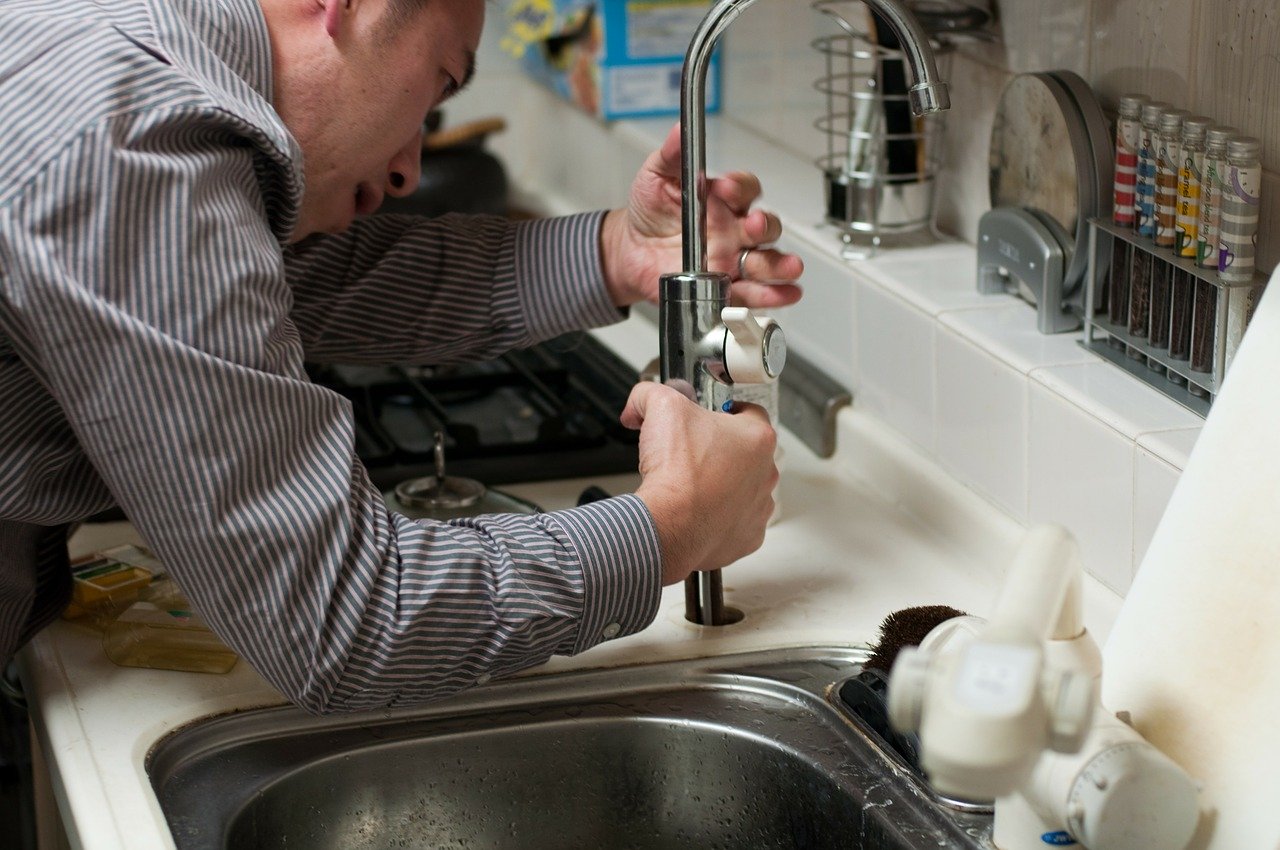
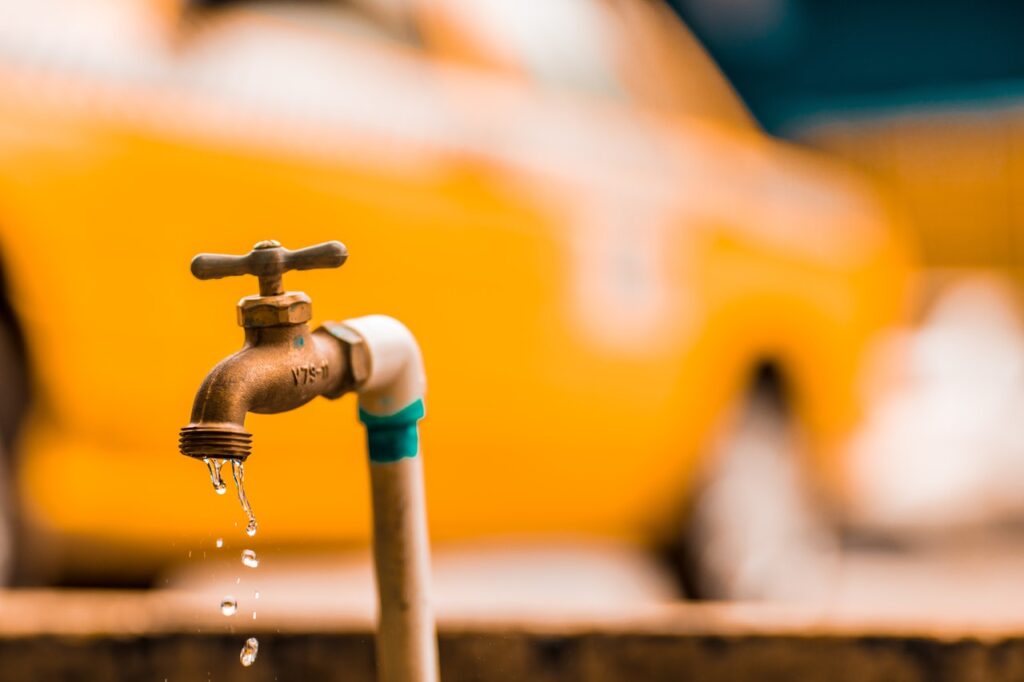
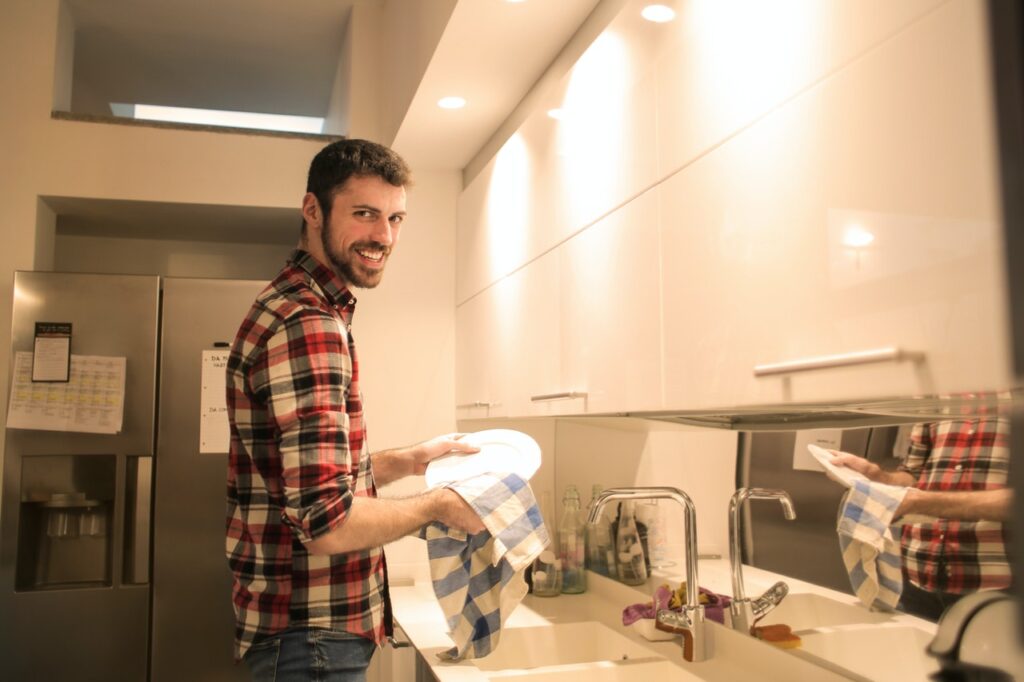

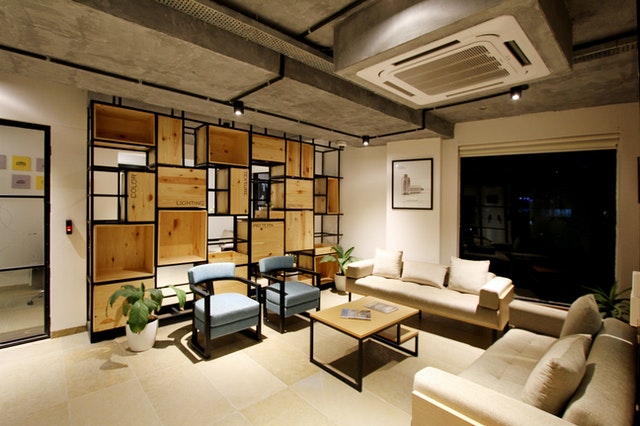


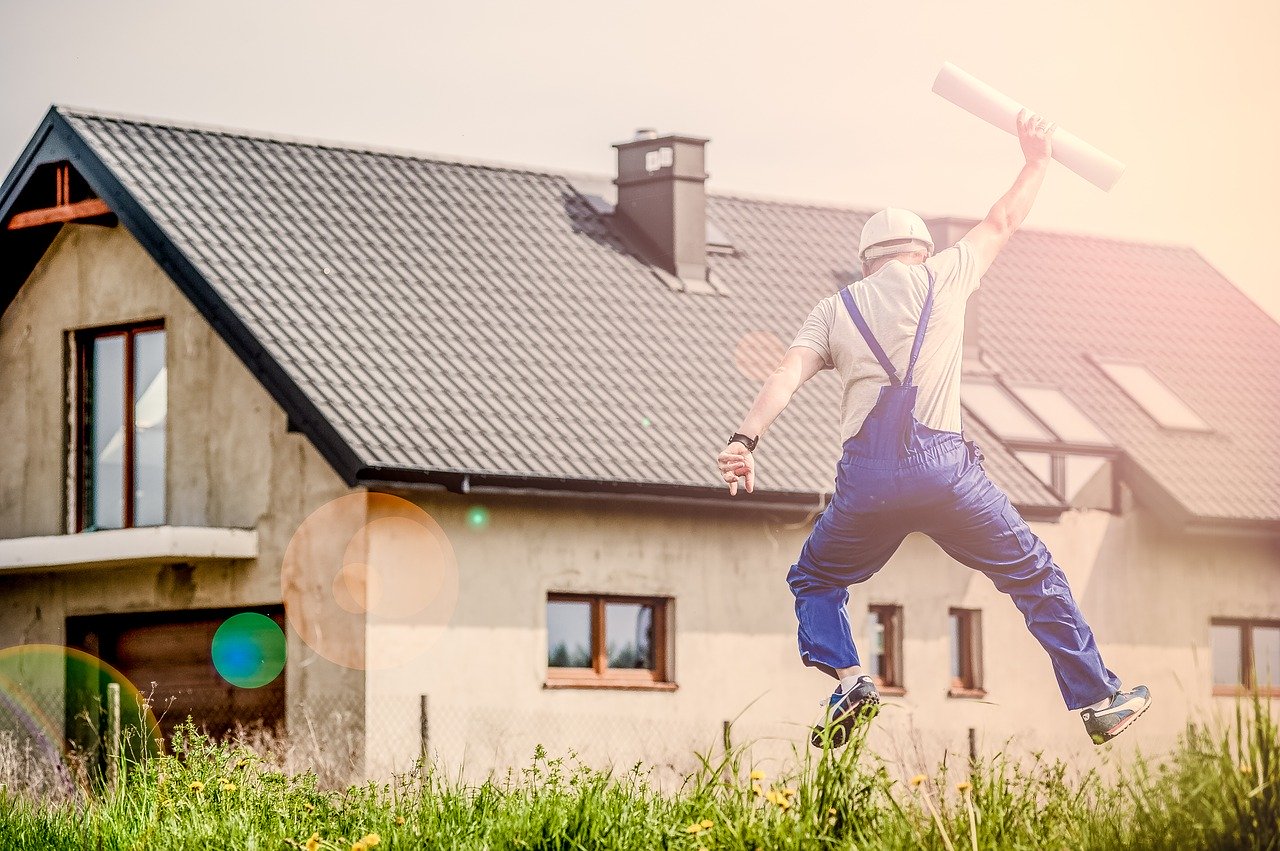
 You’re seeking to grow the luxury area. A renovation job may be the ideal way. Remodel the room to make a lavish bathroom with the amenities that you have been dreaming about, designer attributes, and for example, whirlpool baths.A walk-in cupboard and dressing rooms that are his-and-her may be the luxury that you want to grow your bedroom. A theater for your family is what everybody has been yearning to get. Renovating to include luxury may be an exciting endeavor.
You’re seeking to grow the luxury area. A renovation job may be the ideal way. Remodel the room to make a lavish bathroom with the amenities that you have been dreaming about, designer attributes, and for example, whirlpool baths.A walk-in cupboard and dressing rooms that are his-and-her may be the luxury that you want to grow your bedroom. A theater for your family is what everybody has been yearning to get. Renovating to include luxury may be an exciting endeavor.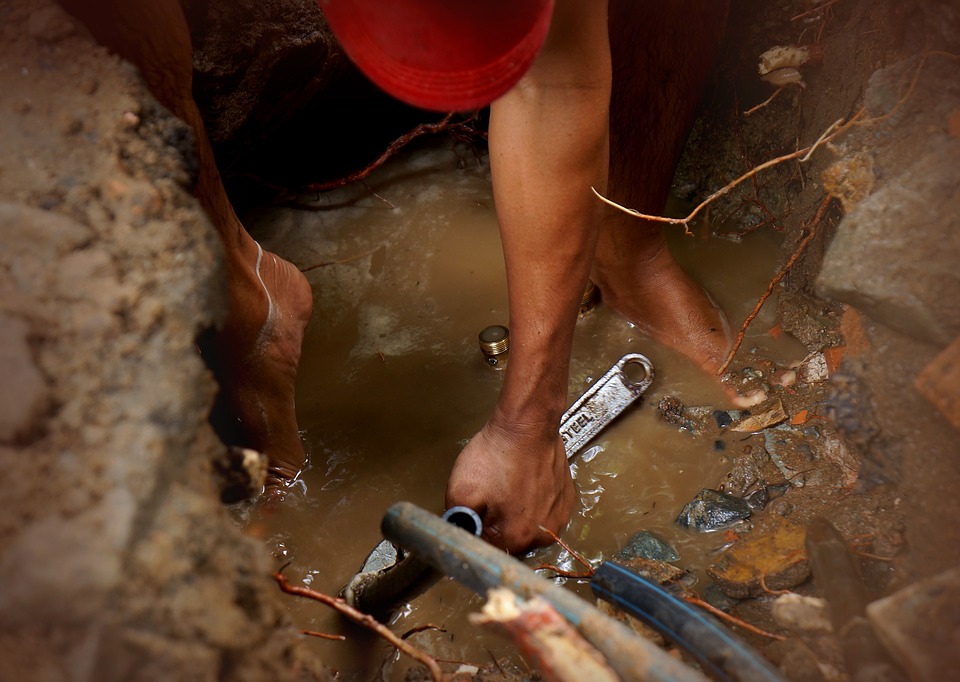
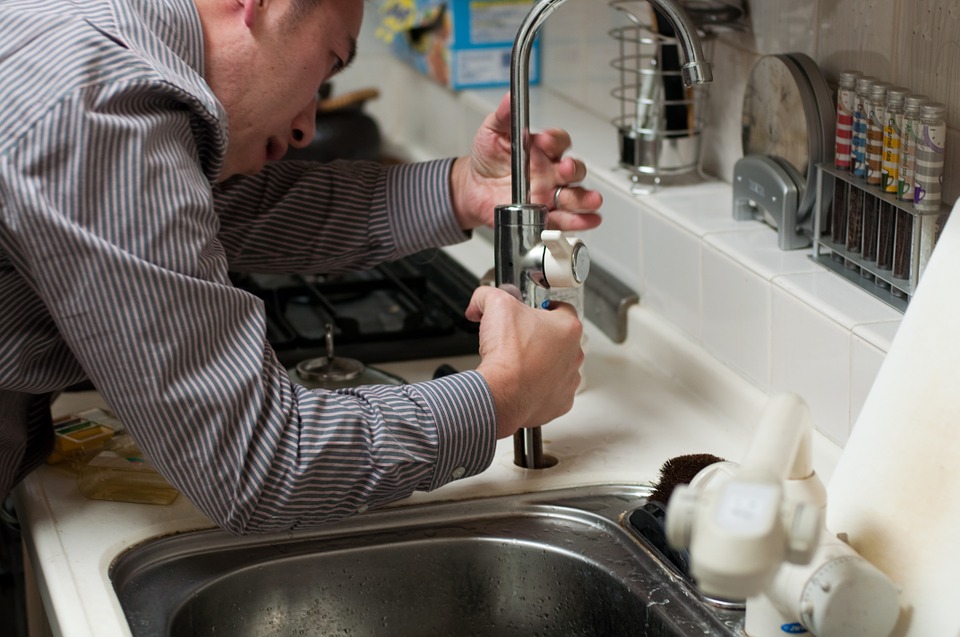 When you need a plumber, this means that you have plumbing issues that you need them to be fixed immediately. If you have been facing these plumbing problems for an extended period, you should look for a permanent solution. That is why hiring professional plumbers will help you to find the problem and then fix it permanently. Note that the installation and repair services that the plumber will do will be a permanent solution.
When you need a plumber, this means that you have plumbing issues that you need them to be fixed immediately. If you have been facing these plumbing problems for an extended period, you should look for a permanent solution. That is why hiring professional plumbers will help you to find the problem and then fix it permanently. Note that the installation and repair services that the plumber will do will be a permanent solution.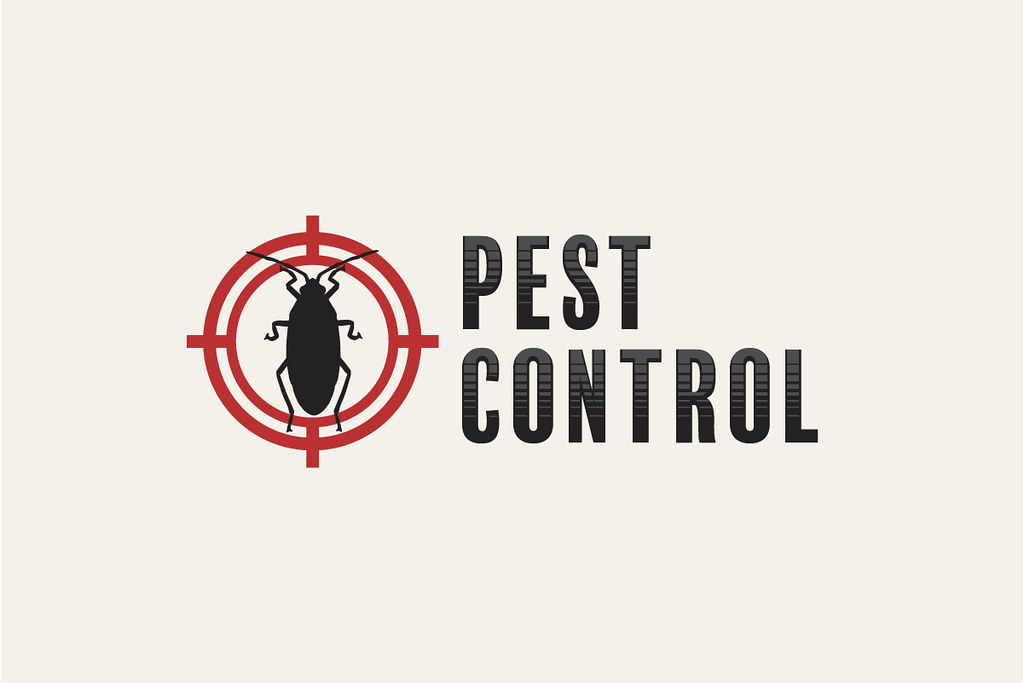
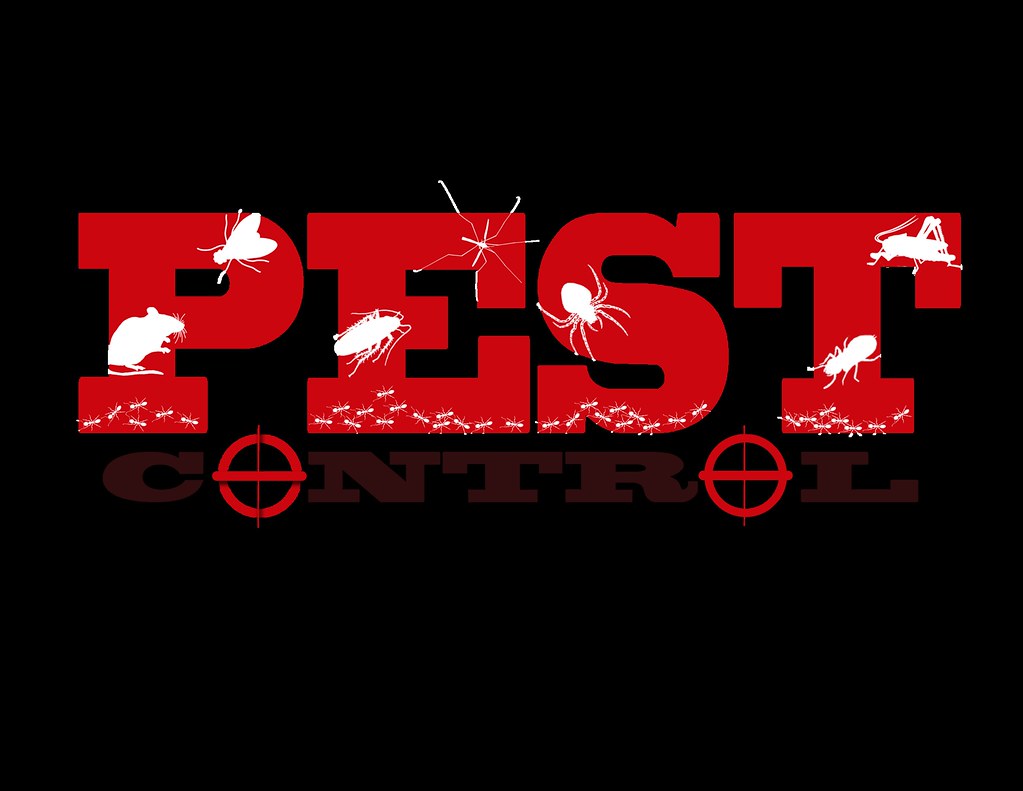 If you decide to eliminate pests from your home by yourself, there are a lot of things that you need to have. If you have limited information about pests, you might use the wrong chemicals. Note that if an inappropriate method is used to eradicate these annoying insects, it can cause significant consequences to you and your family. That is why you need to decrease these risks and hire professional pest control specialists.
If you decide to eliminate pests from your home by yourself, there are a lot of things that you need to have. If you have limited information about pests, you might use the wrong chemicals. Note that if an inappropriate method is used to eradicate these annoying insects, it can cause significant consequences to you and your family. That is why you need to decrease these risks and hire professional pest control specialists.